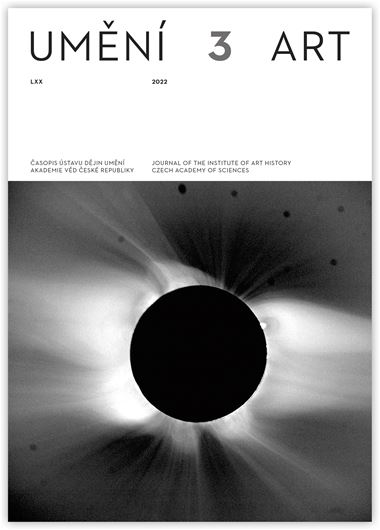Kelley Wilder
Photographs, Science, and the Expanded Notebook
This paper discusses photographs and science notebooks, arguing for a concept of expanded notebooks to understand how photographic and scientific practices interacted at the beginning of the twentieth century when photography was used extensively across a range of scientific disciplines. Using the notebooks of British chemist William Crooks and American geologist Herman LeRoy Fairchild to analyse photographs and scientific notetaking, I argue for the consideration of the notebook in other spaces, in boxes, catalogues and collections. Photography, when it was introduced to scientific notebooks, disrupted the usual pattern of notetaking on paper. To investigate the phenomenon, this article looks at three particular areas: the physically expanded notebook, the photographic catalogue, and photographic experiments. Crookes’ notebooks indicate the presence of parallel numbering systems for photographs, and parallel storage systems for glass negatives, introducing what I call here the ‘expanded notebook’. The pages also reveal the great extent of the photographic practice that informed his scientific experiments. Fairchild’s more complete archive shows how a scientist organized knowledge in a photographic catalogue, both by making and by collecting reference photographs made by others over a period of time. Fairchild’s extensive research of the Pinnacle Ridge in Rochester, New York, demonstrates how he brought together various note-taking strategies from geology and photography. In both examples of these expanded notebooks, photographs serve as working images in which Crookes and Fairchild formulate what they see and posit theories about what readers should see, which are later mirrored in formal, scientific publications. This article shows how the use of photographic practices and materials forms a certain pattern in the scientific enterprise from the laboratory and the field through to publication.
Author's email:
kwilder@dmu.ac.uk
DOI: HTTPS://DOI.ORG/10.54759/ART-2022-0303
Full-text in the Digital Library of the Czech Academy of Sciences:
https://kramerius.lib.cas.cz/uuid/uuid:1d73f1e0-5000-47a7-ba94-ce6e51c3731a
< back

